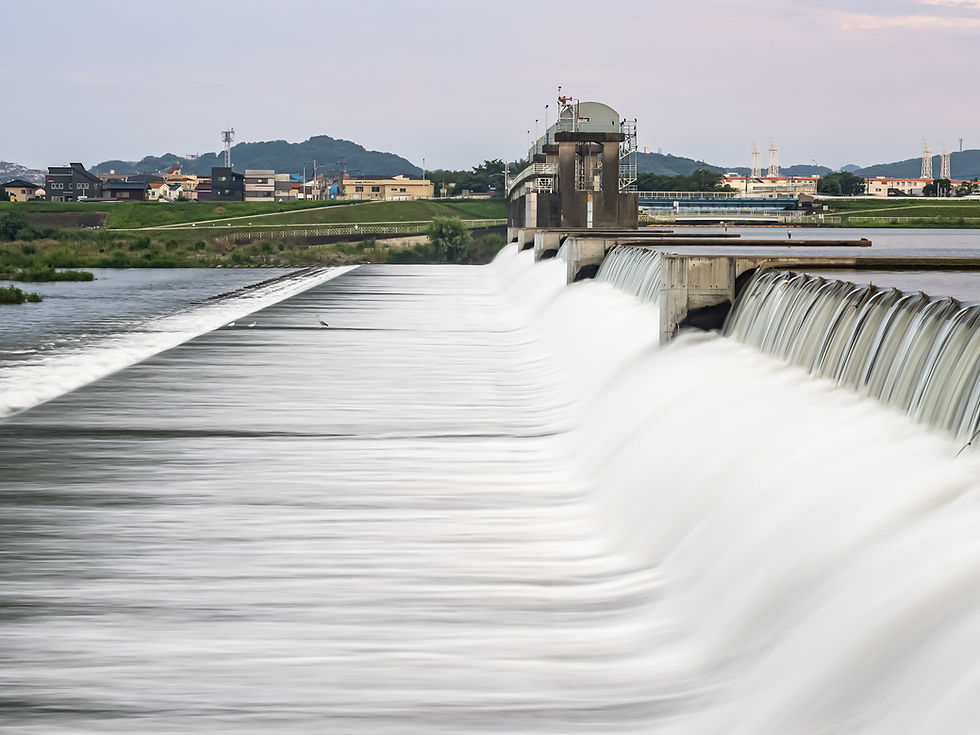Agriculture: Thinking Smart and Sustainable
- atiches12400
- Jul 25, 2021
- 3 min read

American agriculture is a relatively significant contributor to the total global warming emissions. Unethical practices and dependence on harmful chemicals are incredibly harmful to the environment. However, there are changes in how agriculture is conducted that can lead us to a more sustainable future. Climate Smart Agriculture has risen to particular importance this year after President Biden signed Executive Order 14008 “Tackling the Climate Crisis at Home and Abroad” into place this past February. The order places the climate crisis as a priority in both policy and planning by establishing the National Climate Task Force. In the midst of its call for greater government action, Executive Order 14008 celebrates the role of American farmers, stating that “America's farmers, ranchers, and forest landowners have an important role to play in combating the climate crisis and reducing greenhouse gas emissions.”
In May, the USDA released a 90 day report outlining its progress on achieving the goal set forth by Executive Order 14008 to establish a “climate-smart agriculture and forestry (CSAF) strategy.” In a personal message before the introduction to the report, Secretary of Agriculture, Tom Vilsack states that “American agriculture and forestry can lead the world in solutions that will increase climate resilience, sequester carbon, enhance agricultural productivity, and maintain critical environmental benefits.” The report weaves together information about Climate Smart Agriculture from various interested groups and individuals across the country, including farmers, environmental organizations, and business and technology representatives. One theme from contributors is the need for Climate Smart Agriculture to be locally sourced, personalized, and many-sided.
Executive Order 14008 and the USDA report both praise and emphasize the role of American farmers and agricultural industries in response to the climate crisis, urging specifically for heightened development of Climate Smart Agriculture. But what exactly is Climate Smart Agriculture, and how does it define the relationship between agriculture and the environment? The Consultative Group on International Agricultural Research (CGIAR) describes the three main principles of Climate Smart Agriculture as increased productivity, increased resilience to the effects of climate change, an overall reduction of emissions, and additional carbon sequestration. These three objectives are similar to those outlined by the World Bank as well as those set forth in the USDA report.
What is clear is that Climate Smart Agriculture is a response to the double sided relationship between farming and climate change. Despite the fact that rising temperatures due to climate change result in lower crop yields and other problems for farmers, agriculture remains a major contributor to the problem of climate change. According to CGIAR, 11% of global greenhouse gas emissions are contributed by agriculture and livestock production.
Climate Smart Agriculture addresses the paradoxical relationship between agriculture and the climate by ensuring both greater resilience to changing temperatures and less carbon emissions from food production. This can be done through a combination of methods (as outlined in the USDA report) including no-till practices, improved manure and fertilizer management techniques, irrigation control, efficient fuel and energy usage, and the production of sustainable bio-products and fuels. As Dr. Anthony Buda Co-Director of the USDA Northeast Climate Hub notes, many Climate Smart practices such as cover cropping or agroforestry are not new methods, but rather improvements or continuations of existing practices.
Climate Smart Agriculture is also tied closely to the causes of poverty alleviation, lower food insecurity rates, and social and environmental justice. The World Bank has established more than 10 Climate-Smart Agriculture Investment Plans (CSAIPs) for developing nations in Africa and parts of Asia. Meanwhile, the CGIAR Research Program on Climate Change, Agriculture and Food Security (CCAFS) focuses its efforts on practices that “alleviate poverty [and] increase gender equity.” The USDA report emphasized the role of justice and equality in Climate Smart Agriculture by recognizing the invaluable contributions of Black and Indigenous farmers in the development of regenerative agriculture. As Secretary Vilsack states, the USDA will continue to seek leadership input from underrepresented communities and “prioritize actions that provide tangible, near-term benefits for low-income communities and communities of color.”
Climate Smart Agriculture continues to serve as an opportunity to combat the climate crisis through greater social and environmental changes. Its intersectionality allows for other reforms in many aspects of society, proving how encompassing the climate crisis is. Executive Order 14008 acts as one of the first steps the United States government has taken to explicitly combat climate change and creates hope for a future of action and accountability. The phrase “Climate Smart Agriculture” will most-likely increase in popularity as various programs and groups enact sustainable changes to the field of agriculture.
Written by Christina Magers



Comments